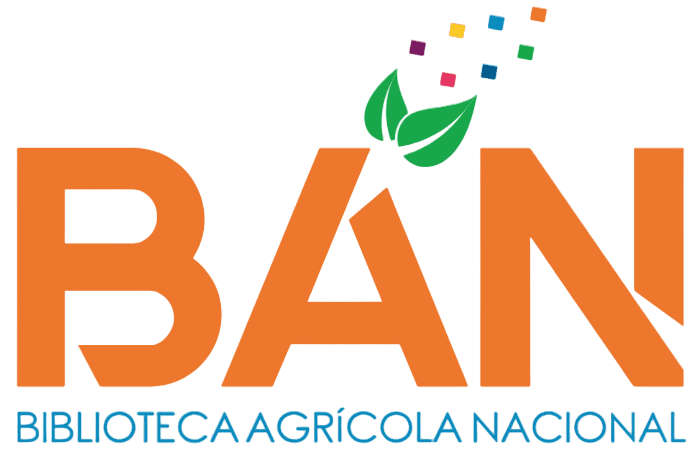Análisis de riesgos y seguridad ocupacional en la poda de altura de árboles y palmeras del distrito de Miraflores – Lima
Loading...
Código QR
Authors
Janampa Salazar, Luis Martin
Contact Email
Abstract
Actualmente, la actividad de poda en altura en arboricultura urbana es importante porque ayuda a mantener la seguridad de las personas y la salud de los árboles. Además, provee grandes beneficios ambientales y estéticos para sus usuarios; sin embargo, durante las tareas que se realizan para su ejecución, existen riesgos asociados tales como, la manipulación de herramientas punzocortante, máquinas de podar, posturas inadecuadas y repetitivas, exposición prolongada a la radiación solar y la falta de condiciones por parte de las empresas a sus trabajadores aumentan la probabilidad de que ocurran accidentes. En consecuencia, son pocas las empresas que toman conciencia que la actividad de poda en altura es una actividad de alto riesgo con potencial a causar daños irreversibles en el operario. El presente trabajo tiene la finalidad de desarrollar el análisis de riesgo de seguridad y salud ocupacional en la poda de árboles y palmeras. Para ello, se utilizó información legal (ley de Seguridad y Salud en el Trabajo N°29783, reglamento D.S. 005-2012-TR y los formatos referencias de R.M. N°050- 2013) y documentos de la empresa (estadísticas de accidentes, plan anual de capacitaciones, RISST, exámenes médicos ocupacionales, monitoreo ocupacional y procedimientos de trabajos poda en altura). Se describen siete tareas correspondientes a la actividad de poda en altura de árboles y palmeras, identificando los peligros y evaluando los riesgos mediante la metodología establecida en la Resolución Ministerial N° 050-2013-TR. Los resultados mostraron que los peligros de tipo físico y locativo son los más frecuentes durante la realización de todas las tareas. Asimismo, se determinó que las tareas de operación de poda en altura y trepa de árboles y palmeras son las que presentaron un mayor nivel de riesgo. Debido a esto se implementó controles de ingeniería, administrativos y equipo de protección personal (EPP) en las diferentes tareas para evitar accidentes o incidentes de trabajo.
Currently, the activity of high-altitude pruning in urban arboriculture is important because it helps to ensure people’s safety of and maintain the health of trees. In addition, it provides significant environmental and aesthetic benefits for its users; however, during the tasks carried out for its execution, there were associated risks such as the use of sharp tools, power machines, inadequate and repetitive postures, sun exposure and the lack of appropriate working conditions provided by companies to their workers, which increase the occurrence of accidents. Consequently, few companies are aware that the activity of high-altitude pruning is a high-risk activity with the potential to cause irreversible damage to the operator. The purpose of this work is to develop a risk analysis of occupational health and safety in tree and palm pruning. For this purpose, legal information was used (Occupational Health and Safety Law No. 29783, Regulation D.S. 005-2012-TR and Reference Formats from R.M. No. 050-2013) and company documents (accident statistics, annual training plan, RISST, occupational medical examinations, occupational monitoring and procedures for high-altitude pruning). Seven tasks corresponding to the activity of high-altitude pruning in palms and trees were described, identifying the hazards and analyzing the risks using the methodology established by Ministerial Resolution No.050-2013-TR. The results showed that physical and site-related hazards were the most frequent during the performance of all the tasks. Moreover, the activities of high-altitude pruning and climbing trees and palms presented the highest level of risk. Because of this, engineering, administrative and personal protective equipment (PPE) controls were implemented in the different tasks to avoid accidents or work incidents.
Currently, the activity of high-altitude pruning in urban arboriculture is important because it helps to ensure people’s safety of and maintain the health of trees. In addition, it provides significant environmental and aesthetic benefits for its users; however, during the tasks carried out for its execution, there were associated risks such as the use of sharp tools, power machines, inadequate and repetitive postures, sun exposure and the lack of appropriate working conditions provided by companies to their workers, which increase the occurrence of accidents. Consequently, few companies are aware that the activity of high-altitude pruning is a high-risk activity with the potential to cause irreversible damage to the operator. The purpose of this work is to develop a risk analysis of occupational health and safety in tree and palm pruning. For this purpose, legal information was used (Occupational Health and Safety Law No. 29783, Regulation D.S. 005-2012-TR and Reference Formats from R.M. No. 050-2013) and company documents (accident statistics, annual training plan, RISST, occupational medical examinations, occupational monitoring and procedures for high-altitude pruning). Seven tasks corresponding to the activity of high-altitude pruning in palms and trees were described, identifying the hazards and analyzing the risks using the methodology established by Ministerial Resolution No.050-2013-TR. The results showed that physical and site-related hazards were the most frequent during the performance of all the tasks. Moreover, the activities of high-altitude pruning and climbing trees and palms presented the highest level of risk. Because of this, engineering, administrative and personal protective equipment (PPE) controls were implemented in the different tasks to avoid accidents or work incidents.
Description
Universidad Nacional Agraria La Molina. Facultad de Ciencias Forestales. Departamento Académico de Manejo Forestal
Keywords
Poda en altura
Citation
Date
2025
Collections
Seleccionar año de consulta:
Licencia de uso

Excepto si se señala otra cosa, la licencia del ítem se describe como info:eu-repo/semantics/openAccess

